To have reach that point where you can say, “I did an icon,”—that’s an achievement. I think his work in and of itself is an achievement.
—Steven Heller, Masters of Modern Design: The Art of the Japanese American Experience
Born in Waimea, Hawai‘i.
1921 was the year that the stock market crash on Wall Street took place, which was to have international effects and be widely regarded as the inciting incident of the Great Depression.
Waimea, the villege Fujita was born and raised is 125 miles away from Honolulu. He grew up until he became a high school student, and sent to attend the boarding school. There, he was encouraged to pursue the path in art by his mentors.
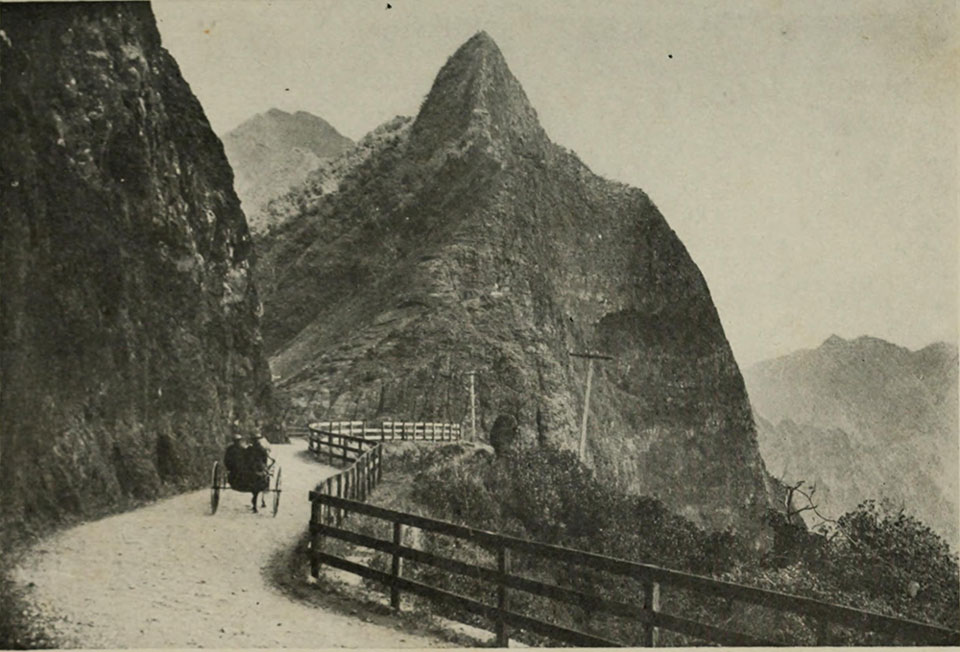
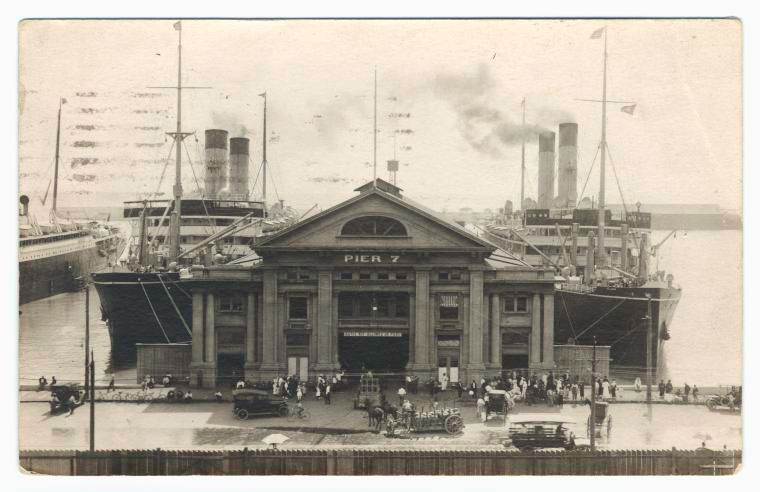
Sailing out to LA, alone.
Enrolling in Chouinard Art Institute.
He sailed out from Honolulu to Los Angels. There, he enrolled in Chouinard Art Institute, now part of CalArts. He studied painting, design, illustration, color theory, all the phases of art, but according to Fujita himself, he concentrated on drawing and painting—the basics.
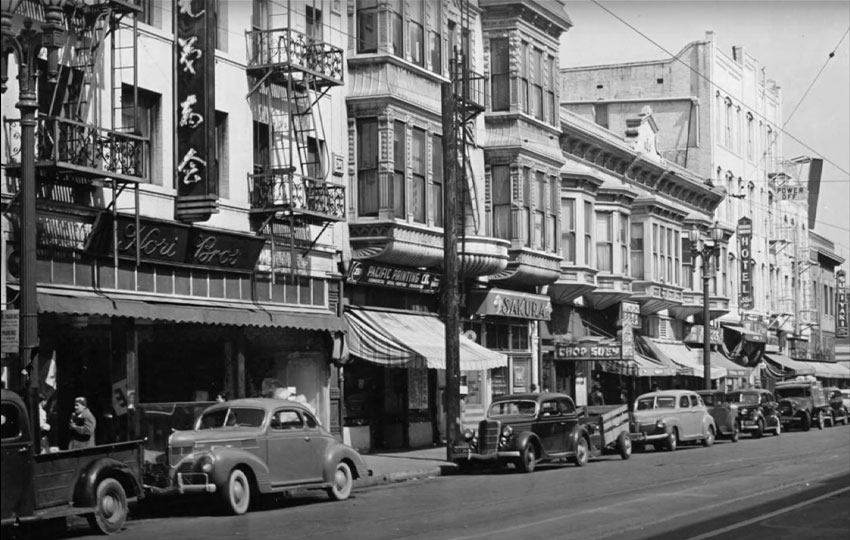
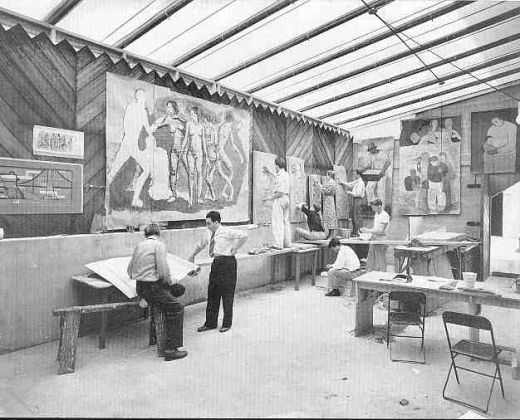
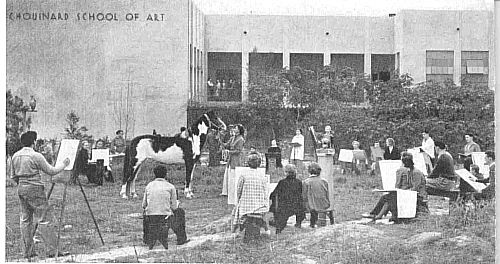
Forcibly relocated to Heart Mountain, Wyoming.
Soon after the Pearl Harbor Attack in December 7, 1941, the Executive Order 9066 was issued. This affected about 120,000 persons of Japanese ancestry lived on the US mainland, mostly along the Pacific Coast, which included Fujita who was studying graphic art in Chouinard Art Institute. He was forcibly relocated to internment camp at Heart Mountain, Wyoming. There, he worked as an art director for the camp newspaper, Sentinel, and volunteered as a member of the 442nd Regimental Combat Team.
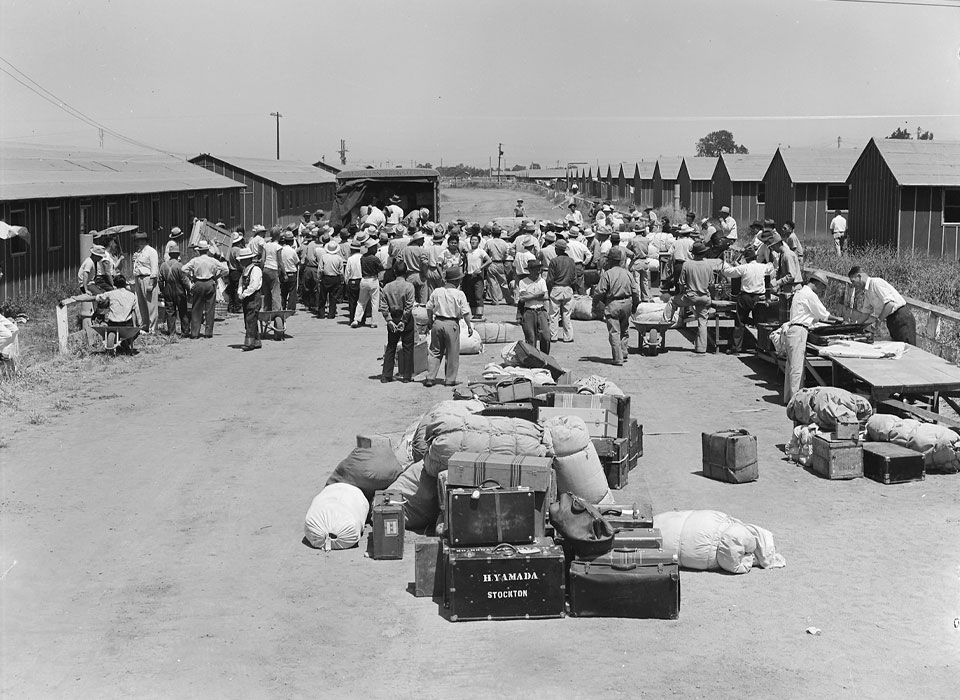
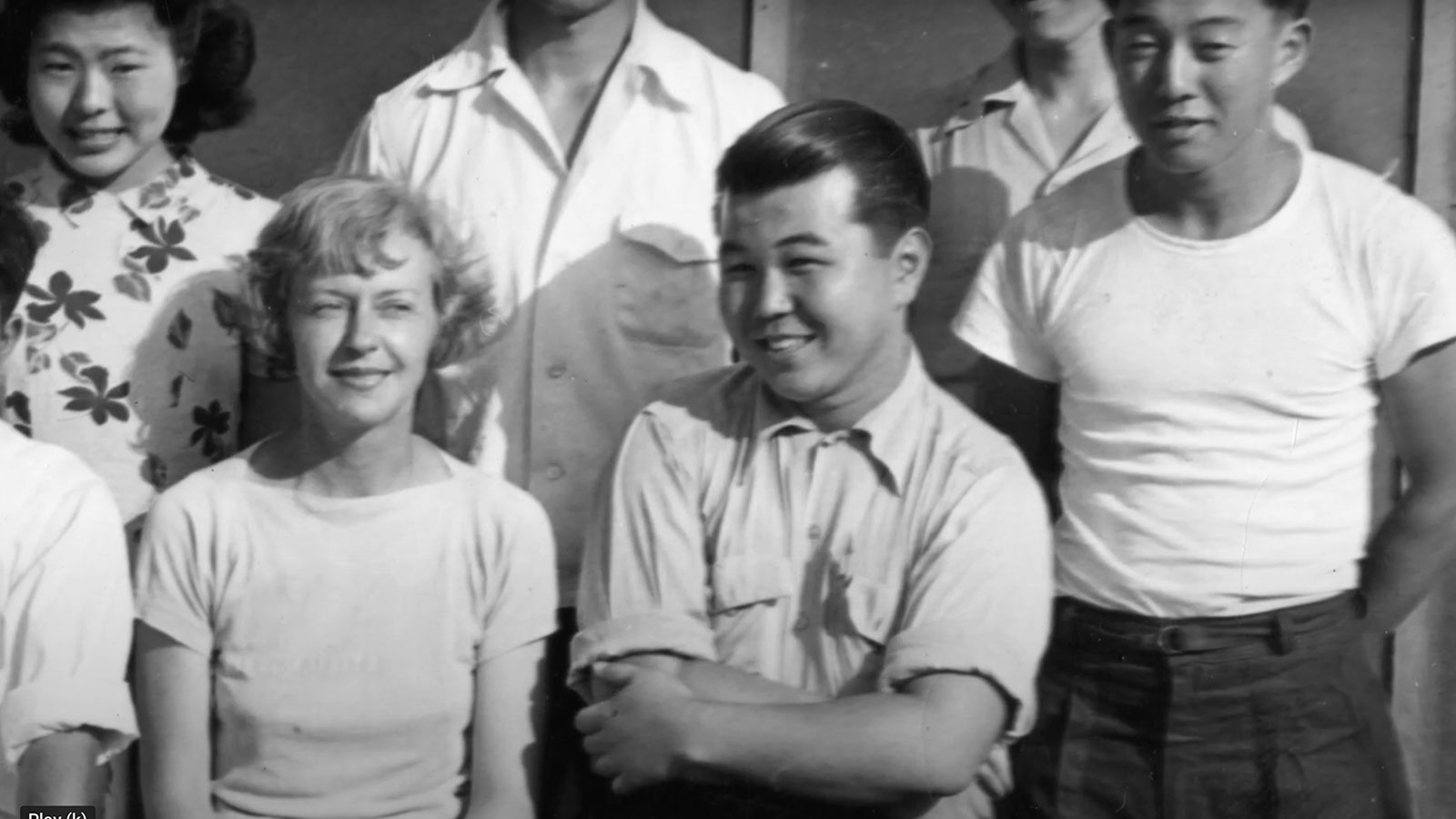
Joining the 442nd Regimental Combat Team; training for four months in Camp Shelby.
442nd Regimental Combat Team, where Fujita volunteered began its training in Camp Shelby, Mississippi until April, 1944. Fujita recalls that his training lasted only four months. After the training completion, they were sent to Europe for their first overseas assignment. They arrived in Italy in June 1944, participating the fight against Germany. In the following September, they joined in the frontline of Southern France and northern Italy.Today, the 442nd is remembered as the most decorated unit for its size and length of service in the history of the US military.
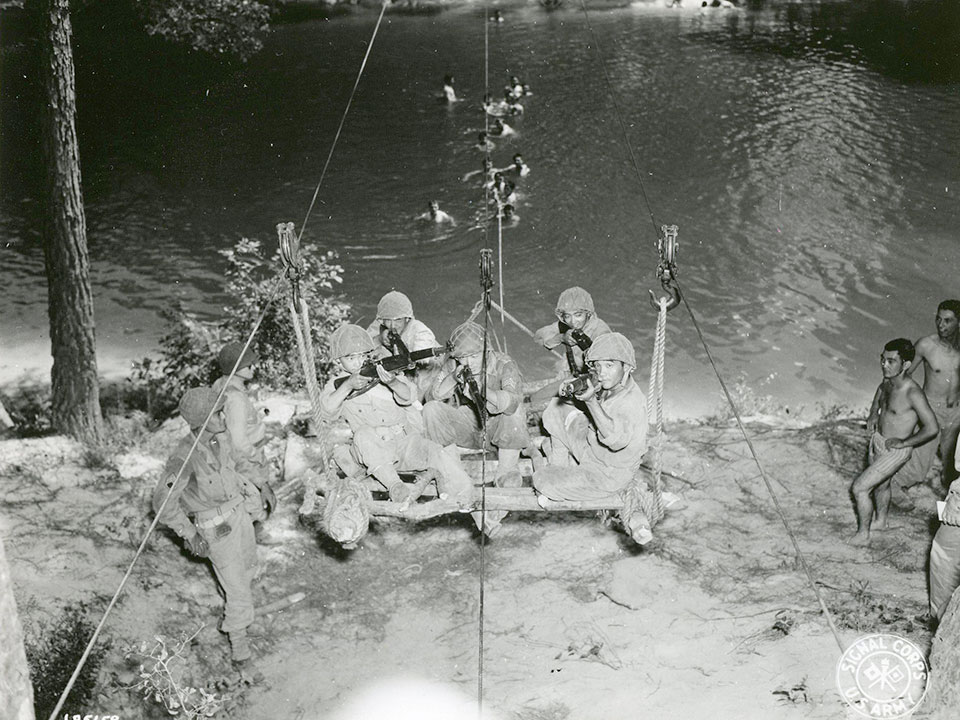
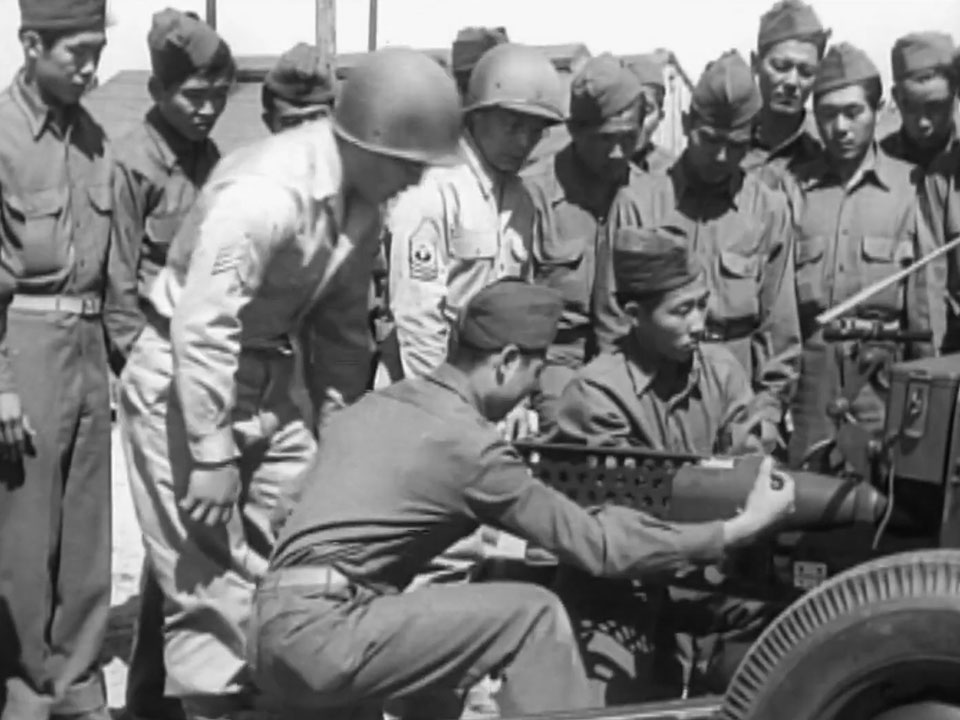
Sent to the frontline.
The first assignment was in Italy. The 442nd sailed out from Virginia, heading to Anzio. After the Europe theater, he was sent to the Pafic. Later, he remarked, “I shall always remember the 60 or more who decided to go from Heart Mountain Relocation Camp and a few who I knew personally, who never came back.”
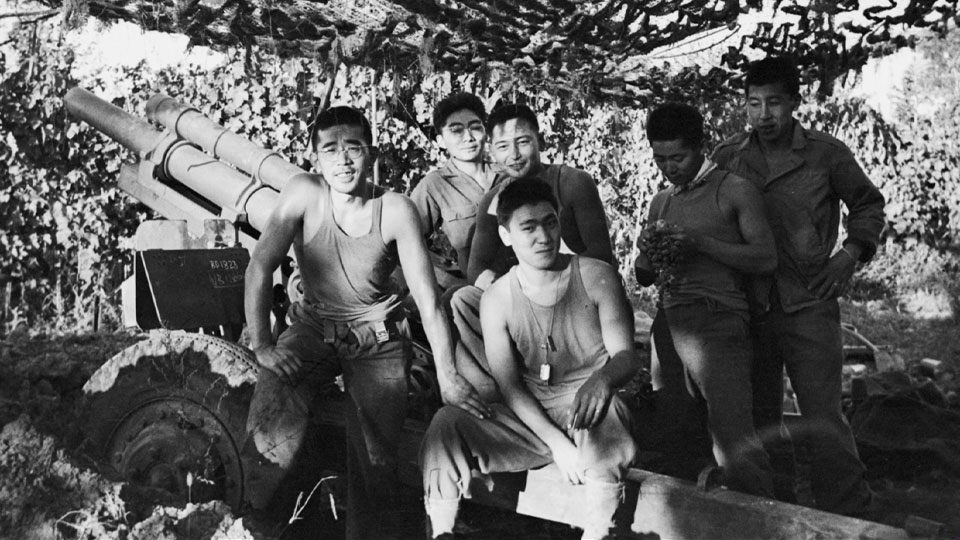
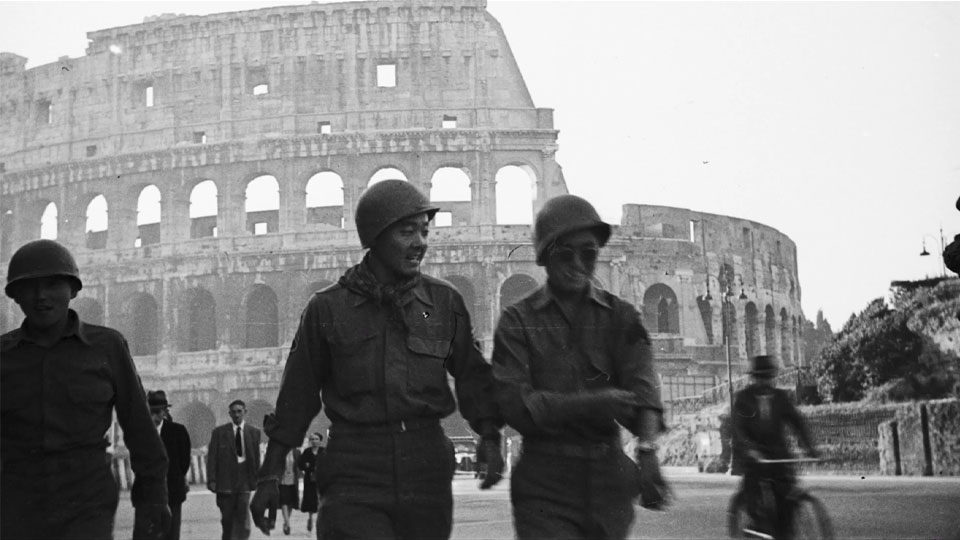
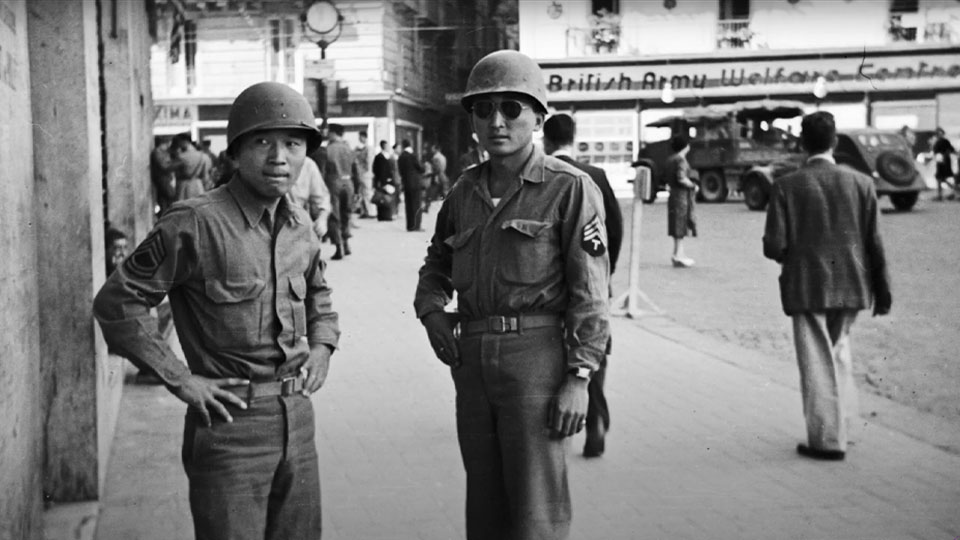
Coming back from the war, completing his study in Chouinard.
The war ended and Fujita came back to Chouinard to complete his study. This time, he was on a GI Bill. He met his wife , Aiko Tamaki at that period, and married during his college years.
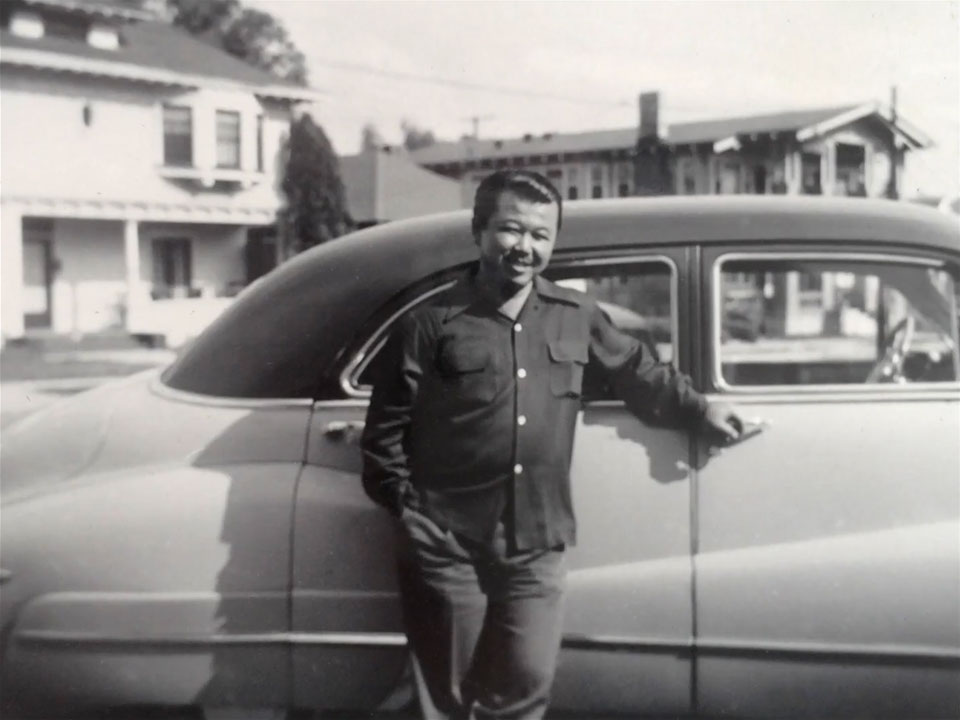
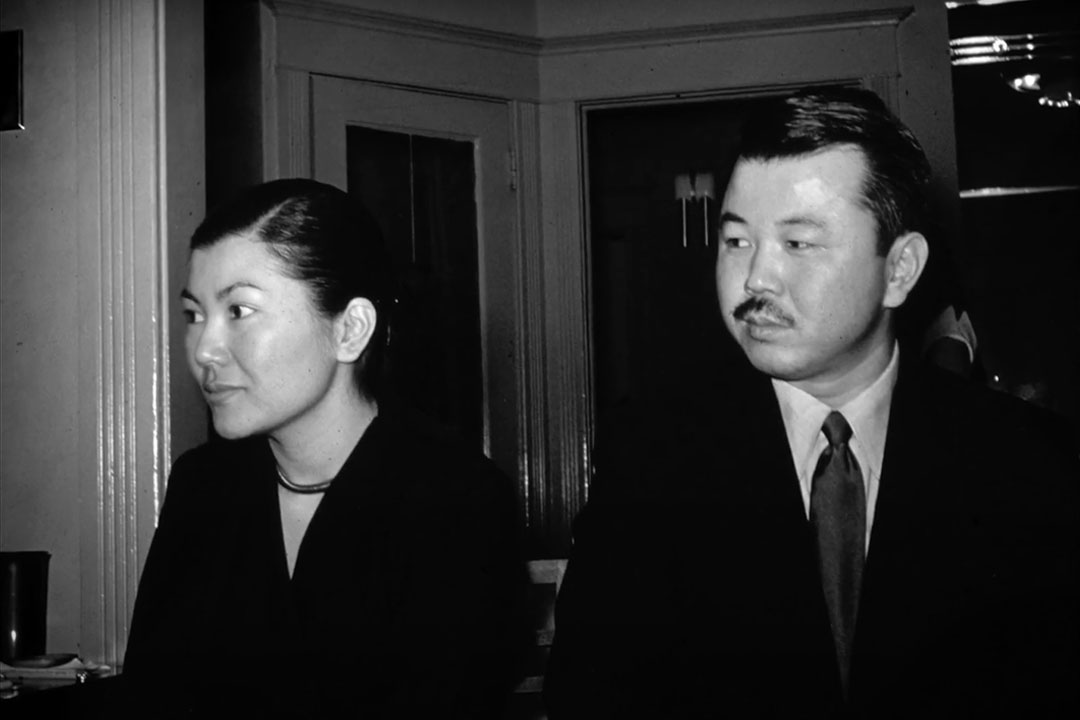
Starting the career in Philadeliphia, settling in New York City.
After coming back from war, he completed his study and traveled east with his wife. He joined the NW Ayer & Sons in Philadelphia, where he worked on the advertisement for Container Corporations America, which he was awarded a gold prize from New York Art Directors Club in 1953. This pushed Fujita into broader light as a designer, and was approached by William Golden to work for Columbia Records.
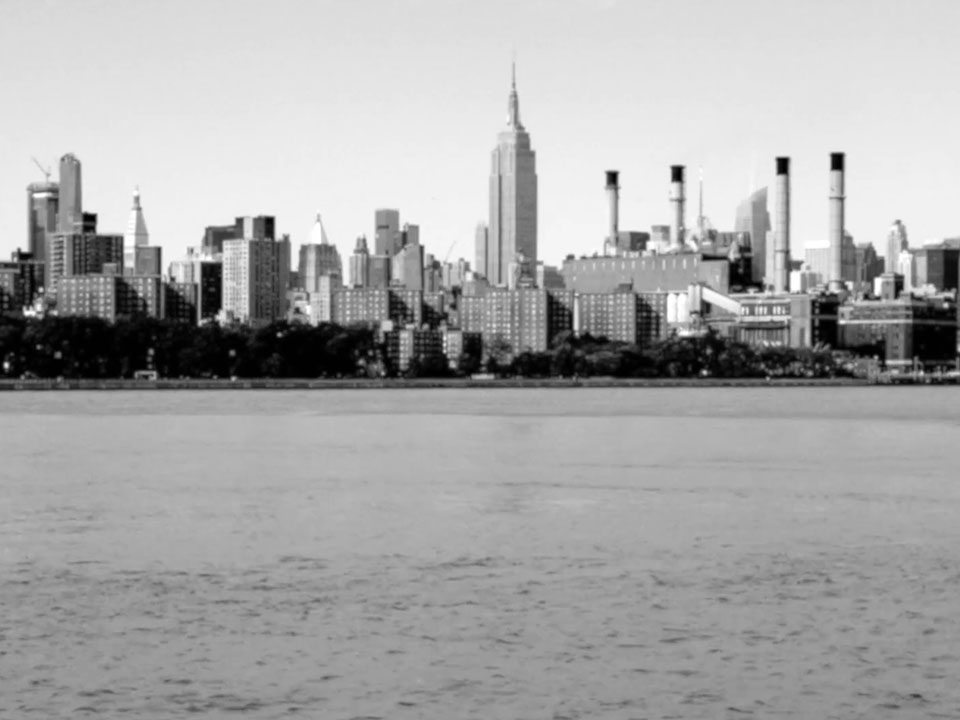
Leading the design department in Columbia Records. Pioneering in the pop culture scene.
Fujita joined Columbia Records in 1954 to lead the art department. He worked with both men and women in a racially integrated office, collaborating with various artists—painters, photographers, and illustrators, including Andy Warhol, Ben Shahn, and Milton Glaser. Fujita created around 50 jazz album covers and other music albums as well. Some of his works include numbers of iconic albums from Dave Brubeck, Miles Davis, the Jazz Messengers, and Charles Mingus, among others.
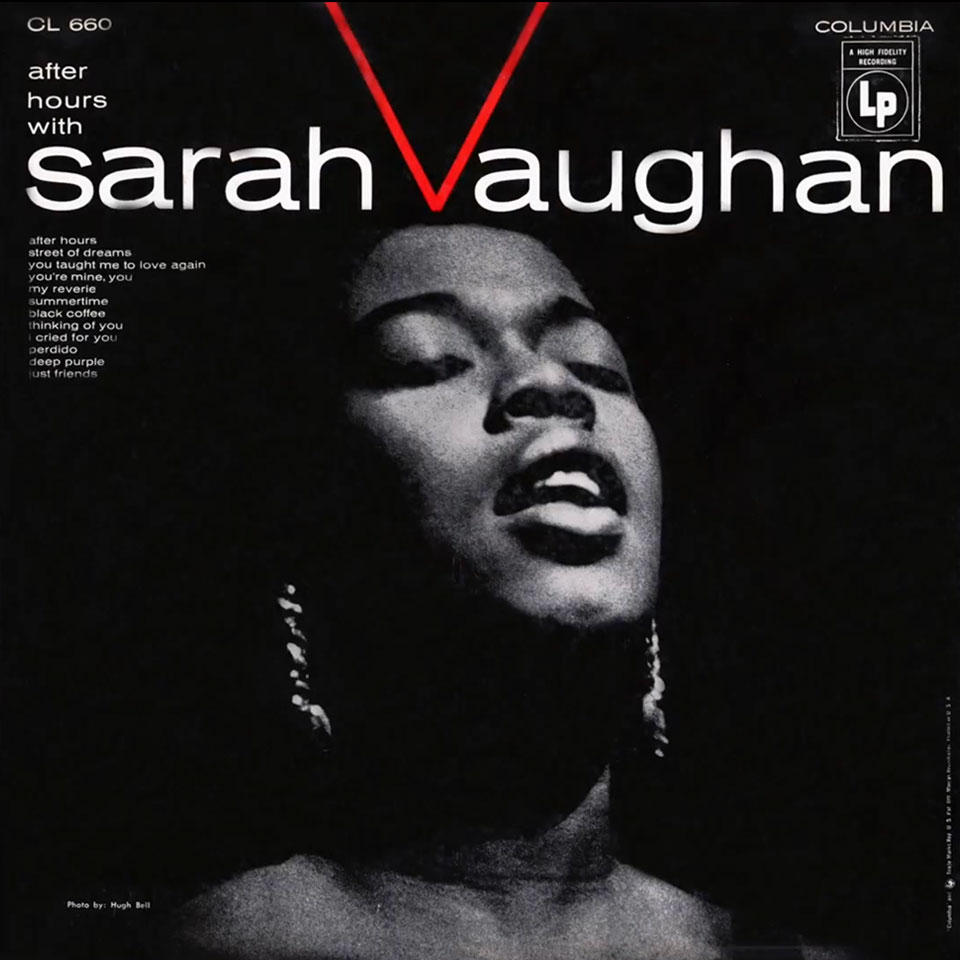
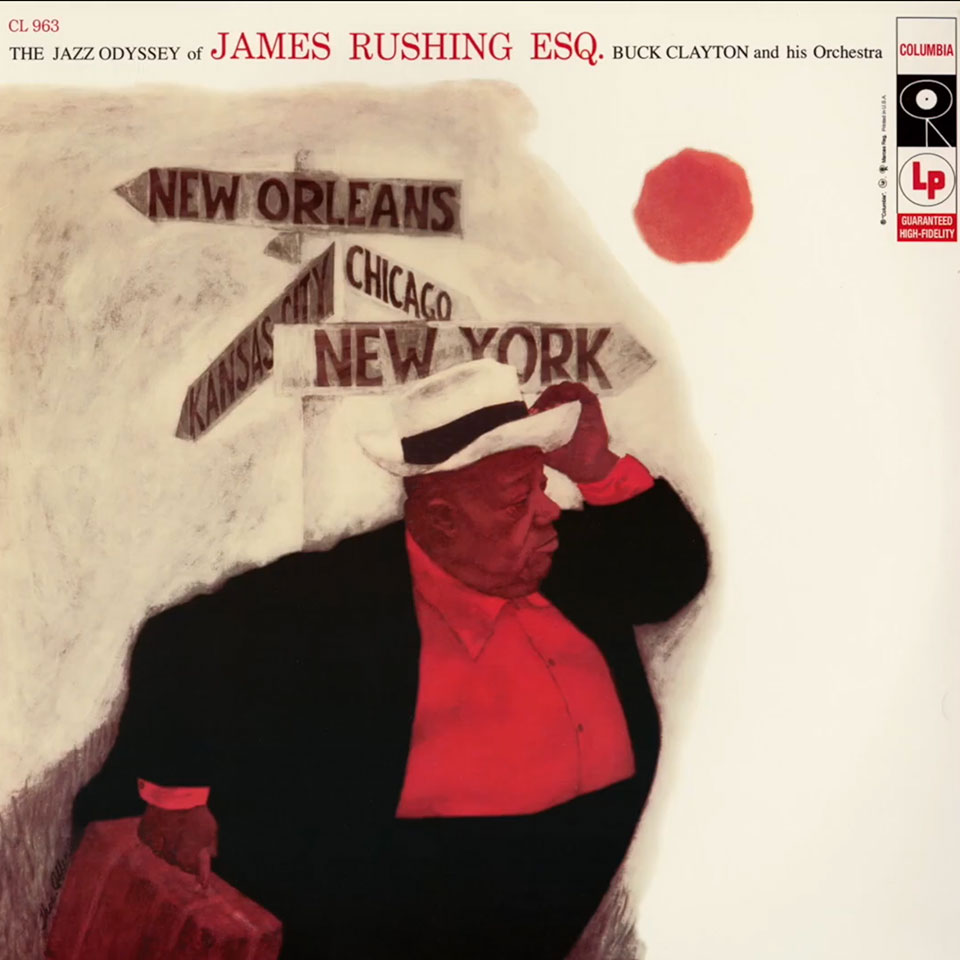
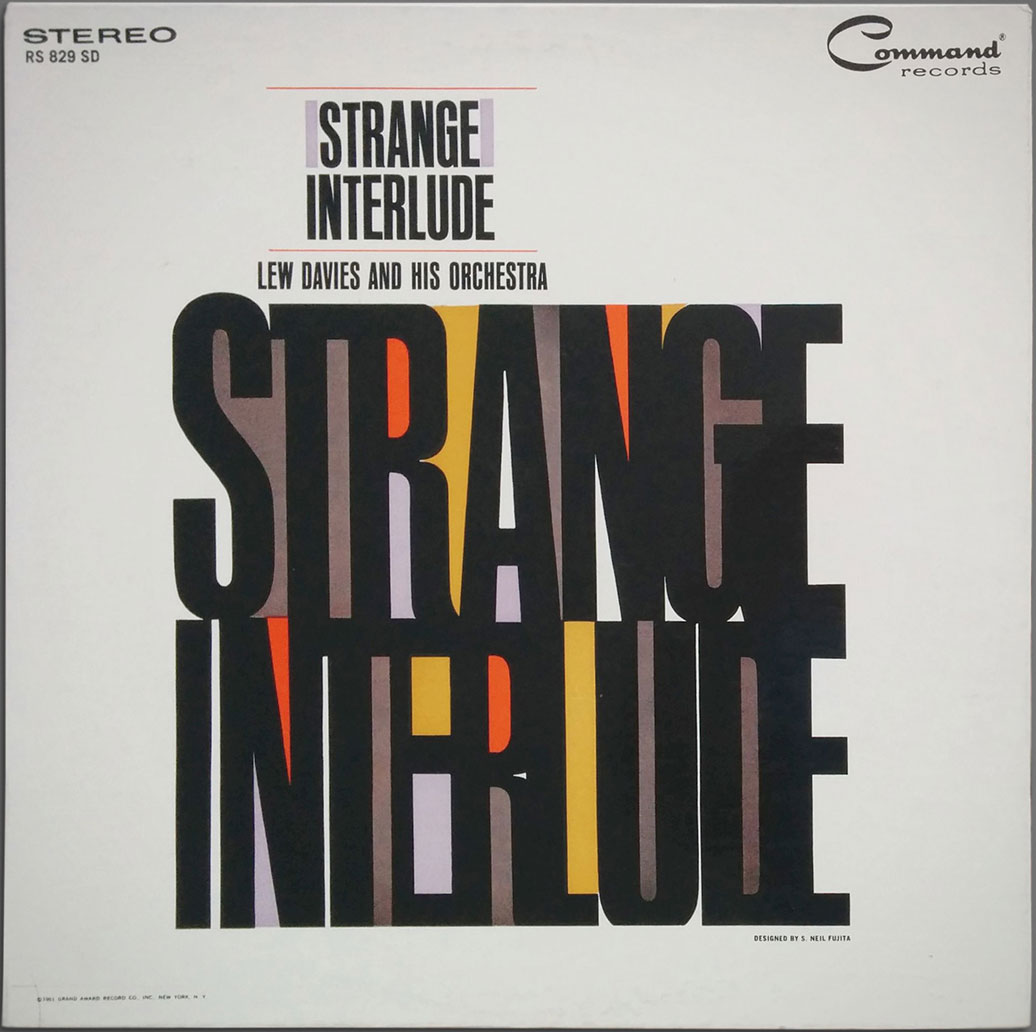
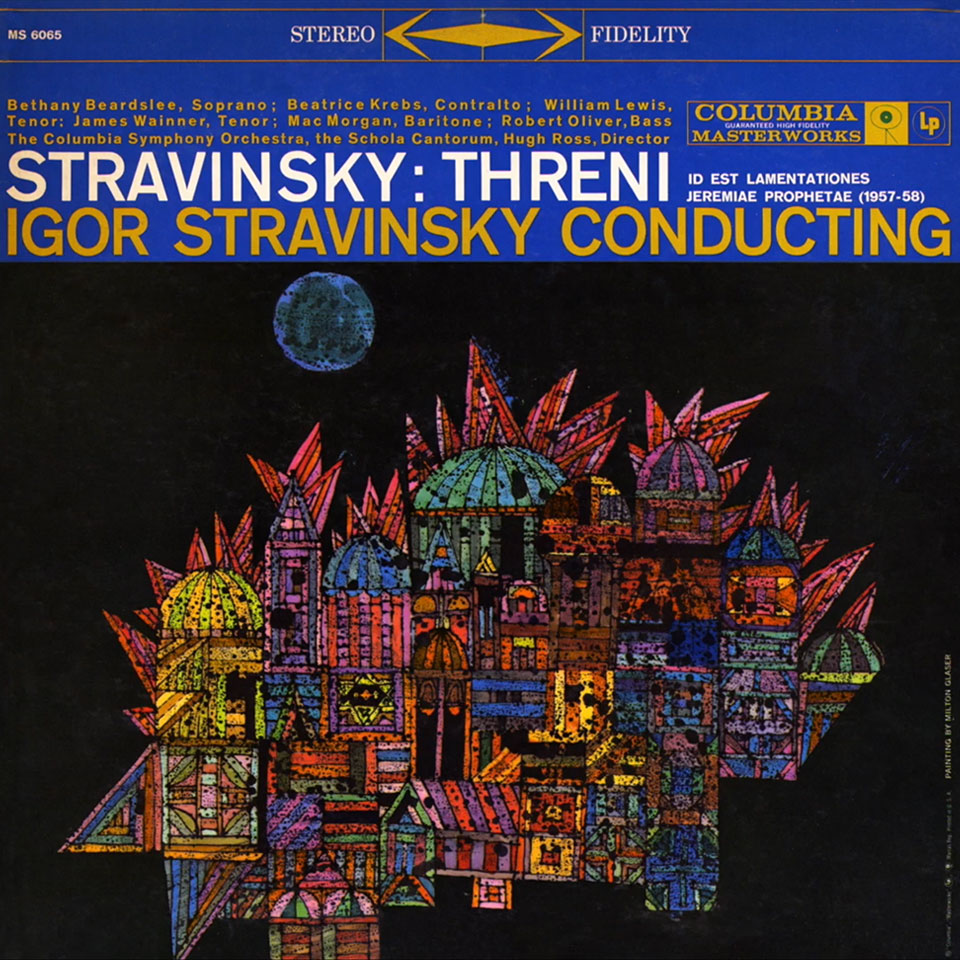

Fujita left Columbia Records in 1957, expanding his horizon outside of jazz album covers.
As he succeeded in introducing the graphic art in music scene to its peak, he left Columbia Records in 1957. He wanted to expand his portfolio outside the album covers. All of his works proves his decision was right. Fujita continued to push his envelopes, worked on iconic book cover for The Godfather by Mario Puzo, In Cold Blood by Truman Capote. He quickly became John Updike's designer of choice. He also worked on logos for various organizations.
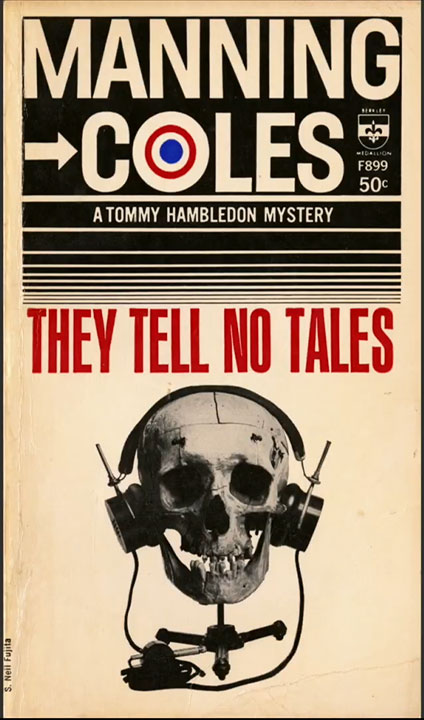
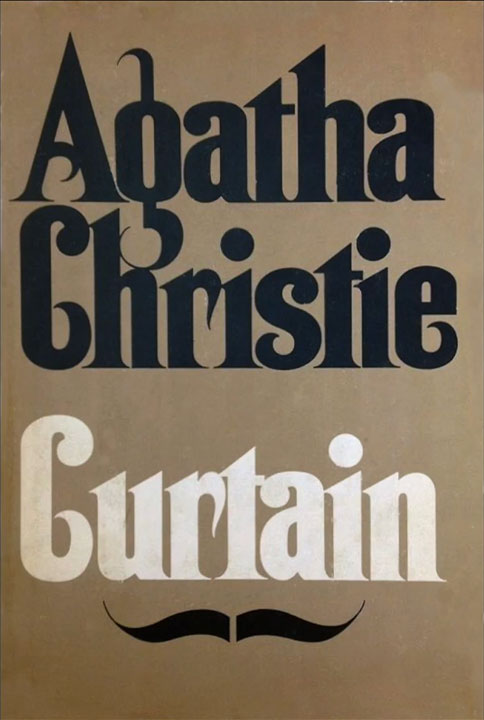

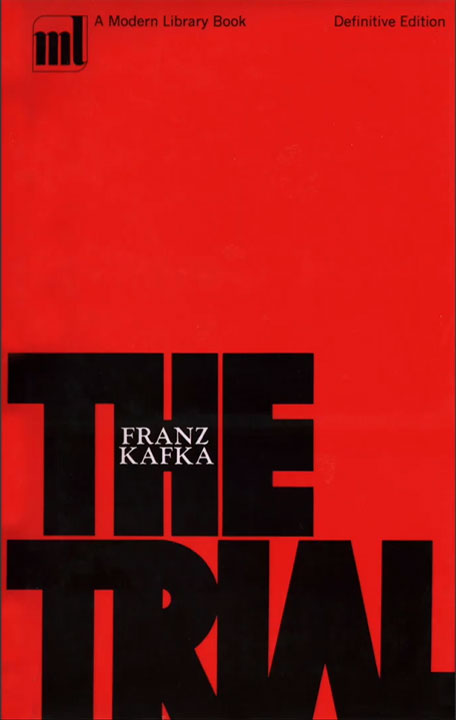
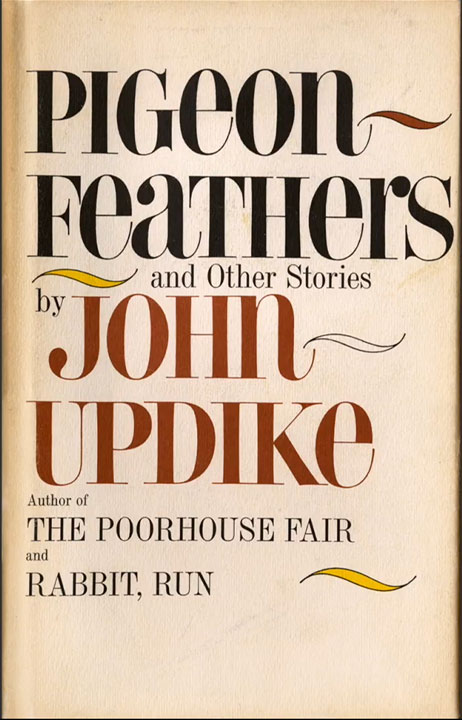
Fujita passed at the age of 89.
Music album, magazine, books, posters, logo...Fujita continued to trail blaze in graphic design, shaping the landscape of visual art in the 20th century.
He was a designer, an artisit, a writer and a teacher. He never stopped drawing and painting. He went to Columbia University to learn writing. He taught design at at the Philadelphia Museum College of Art, Pratt Institute in Brooklyn and the Parsons School of Design in Manhattan. His works and his life continues to inspire the following generations.